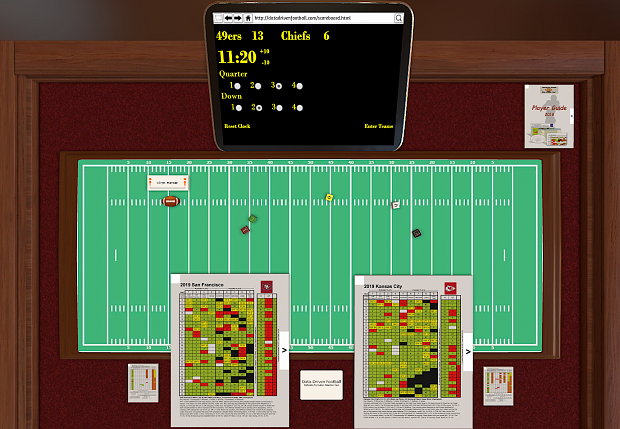


Hundreds of moving elements have to develop collectively seamlessly. It demands years to suitably lined the structure, gameplay, character advancement, customizable equipment, worlds, game mechanics, and languages to include recording voice-overs with actors and deciding between designing an FPS (first-person shooter) versus RPG (role-playing game), and a lot more. The Game Developing Challengeīuilding and designing a video game is already challenging. But as voice AI recommences to develop, more and more game generators seem to apply TTS approaches to make gaming more convenient and add functionality not available within a single interface. The most prevalent text-to-Speech (TTS) application in the gaming environment is to supplement voices to characters or utilize TTS throughout game prototyping. That vital development has also increased competition among independent game producers attending alternatives to benefit from gaming trends while being attentive to spending and the bottom line. New hardware releases, significant acquisitions have also driven the gaming industry’s growth and ultra-popular franchises, including Call of Duty, Pokémon, and others. That is the rise of speech technology in the gaming world. But, outside of these usual samples in which speech recognition technology is executed with the intention to simplify our lives, it’s also creating paces in other areas. Unique voice-first experiences are already steering the world by storm. It also extends its debut in our mobile phones, voice technology features inside our cars, and even speech-enabled assistants. Speech technology links all the smart devices in your house, from thermostats to security devices. The unwaveringly developing speech technology industry has certainly gained a suitable home, and that is our homes.


 0 kommentar(er)
0 kommentar(er)
